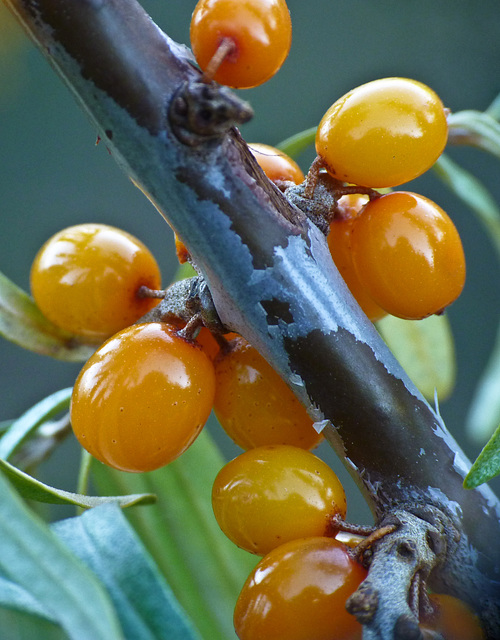Comb Tooth fungus / Hericium coralloides
Brightening up the forest
Dwarf Powder Puff
White-winged Crossbill / Loxia leucoptera
Hypomyces luteovirens, syn. Hypomyces tulasneanus
Master of the woodlands
Fungus with veil
Cradled
Fun in the pool
I don't have a name yet, other than "beautiful"
Little orange beauties
A sad ending, I suspect
Splash of blue
Is this Clavulinopsis laeticolor?
Forest goblets
A closer look
False Coral fungus
Anthurium
Pretty little thing
Flat-topped Coral / Clavariadelphus truncatus
Basking in the early morning sun
Tiny Lemon Drops / Bisporella citrina
Dry Island Buffalo Jump Provincial Park in the rai…
Strawberries & cream - fungus!
White-tailed fawn and doe
Beautiful Comma butterfly
Earth Star fungus
Fairy puke / Icmadophila ericetorum
Resting for one brief moment
Fungi decoration
A view from Rod Handfield's
Scarlet Mormon / Papilio rumanzovia
Wishing the heat would go away
Puffball beauty
Study in contrasts
Aptenia cordifolia Syn. Mesembryanthemum cordifoli…
Comb tooth fungi / Hericium coralloides
Natural curls
Ergot fungus
The Sickener / Russula emetica
Forest goblet
Atlas Moth / Attacus atlas
Eyelash fungi / Scutellinia scutellata
Cystoderma cinnabarinum
Never tease a Teasel
Location
Lat, Lng:
You can copy the above to your favourite mapping app.
Address: unknown
You can copy the above to your favourite mapping app.
Address: unknown
See also...
Keywords
Authorizations, license
-
Visible by: Everyone -
All rights reserved
-
340 visits
Sea Buckthorn berries


A photo from my archives, taken on 2 October 2010. Photographed (macro) these beautiful, shiny Sea Buckthorn berries at South Glenmore Park. Also referred to as sandthorn, sallowthorn or seaberry.
"Sea-buckthorn berries are edible and nutritious, though very acidic (astringent) and oily, unpleasant to eat raw, unless 'bletted' (frosted to reduce the astringency) and/or mixed as a juice with sweeter substances such as apple or grape juice.
When the berries are pressed, the resulting sea-buckthorn juice separates into three layers: on top is a thick, orange cream; in the middle, a layer containing sea-buckthorn's characteristic high content of saturated and polyunsaturated fats; and the bottom layer is sediment and juice. Containing fat sources applicable for cosmetic purposes, the upper two layers can be processed for skin creams and liniments, whereas the bottom layer can be used for edible products like syrup.
Nutrient and phytochemical constituents of sea-buckthorn berries may have potential effect in inflammatory disorders, cancer prevention or positive effect on bone marrow after chemotherapy or other diseases, although no specific health benefits have yet been proven by clinical research in humans.
The fruit of the plant has a high vitamin C content – in a range of 114 to 1550 mg per 100 grams with an average content (695 mg per 100 grams) about 15 times greater than oranges (45 mg per 100 grams) – placing sea-buckthorn fruit among the most enriched plant sources of vitamin C."
en.wikipedia.org/wiki/Sea-buckthorn
"Sea-buckthorn berries are edible and nutritious, though very acidic (astringent) and oily, unpleasant to eat raw, unless 'bletted' (frosted to reduce the astringency) and/or mixed as a juice with sweeter substances such as apple or grape juice.
When the berries are pressed, the resulting sea-buckthorn juice separates into three layers: on top is a thick, orange cream; in the middle, a layer containing sea-buckthorn's characteristic high content of saturated and polyunsaturated fats; and the bottom layer is sediment and juice. Containing fat sources applicable for cosmetic purposes, the upper two layers can be processed for skin creams and liniments, whereas the bottom layer can be used for edible products like syrup.
Nutrient and phytochemical constituents of sea-buckthorn berries may have potential effect in inflammatory disorders, cancer prevention or positive effect on bone marrow after chemotherapy or other diseases, although no specific health benefits have yet been proven by clinical research in humans.
The fruit of the plant has a high vitamin C content – in a range of 114 to 1550 mg per 100 grams with an average content (695 mg per 100 grams) about 15 times greater than oranges (45 mg per 100 grams) – placing sea-buckthorn fruit among the most enriched plant sources of vitamin C."
en.wikipedia.org/wiki/Sea-buckthorn
- Keyboard shortcuts:
Jump to top
RSS feed- Latest comments - Subscribe to the comment feeds of this photo
- ipernity © 2007-2025
- Help & Contact
|
Club news
|
About ipernity
|
History |
ipernity Club & Prices |
Guide of good conduct
Donate | Group guidelines | Privacy policy | Terms of use | Statutes | In memoria -
Facebook
Twitter

Sign-in to write a comment.